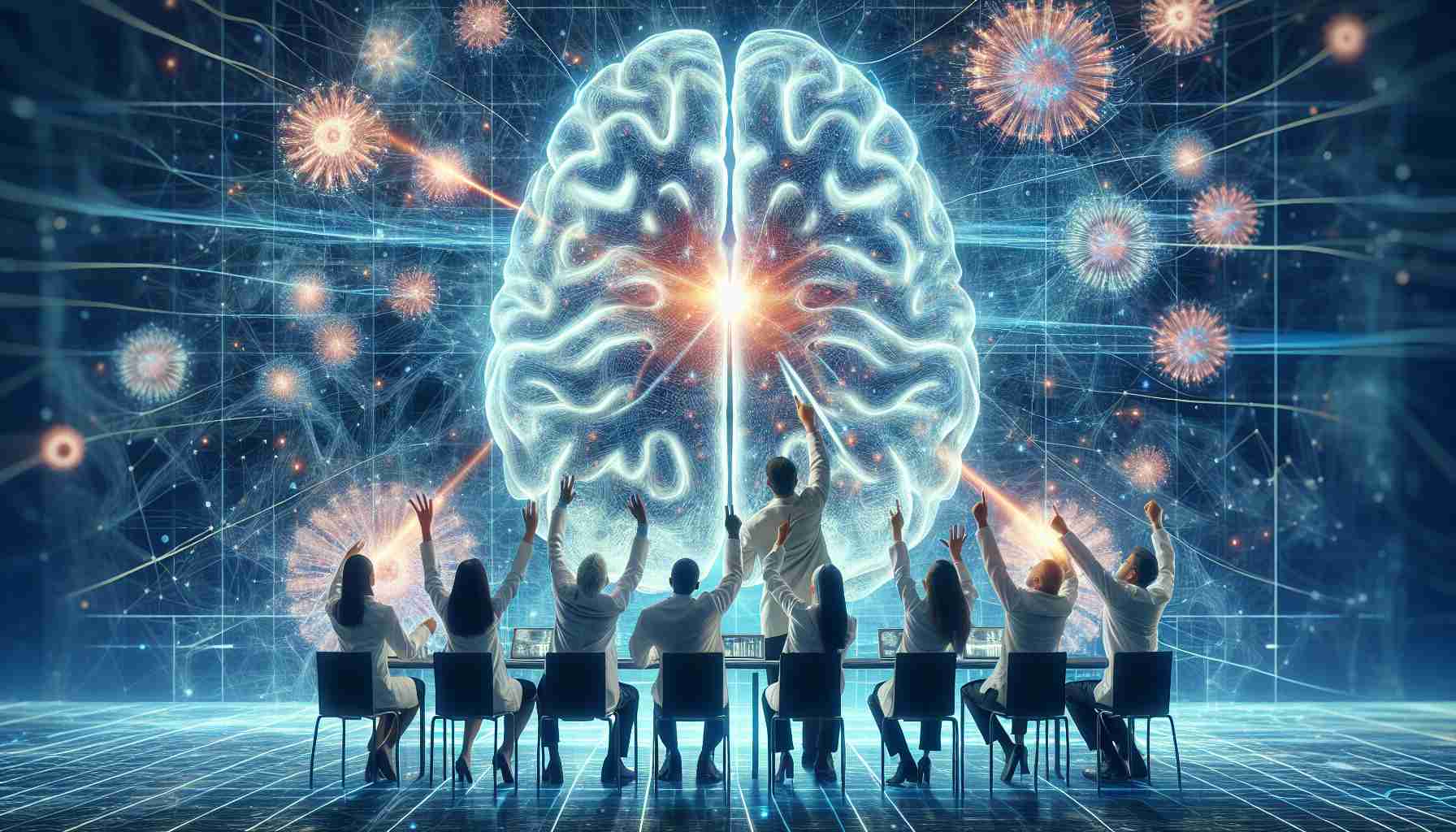Discovering Psychosis in the Brain’s Circuitry
Recent brain imaging studies involving individuals with psychosis have lent support to the theory that specific networks in the brain are malfunctioning. Such disturbances in neural pathways are thought to cause hallucinations or delusions, disrupting a person’s grasp of reality. Psychosis can manifest as part of severe mental disorders, like schizophrenia, but can also occur independently.
Evidence Starts in Early Childhood
Seeking to reveal the underlying mechanisms leading to psychosis, researchers focused on a genetic anomaly associated with the condition, the 22q11.2 deletion syndrome. This genetic disorder increases the risk of various other conditions, and roughly 30% of those affected may experience psychosis or schizophrenia. The principal investigator, Kaustubh Supekar of Stanford University, highlighted that the anomalies related to psychosis are evident even in children as young as 7 or 8 years old.
A New Approach with Machine Learning
The study incorporated nearly 900 participants and used functional magnetic resonance imaging (fMRI) to observe dynamic changes in brain activity. This not only included individuals with the 22q11.2 deletion syndrome but also those with “idiopathic psychosis” as well as comparison groups without psychosis, such as participants with ADHD and autism. The distinction set by this study is the specialized brain signatures found linked to psychosis, not present in other neural disorders.
The inclusion of artificial intelligence in the study allowed researchers to develop a novel machine learning algorithm, unveiling matching ‘signatures’ within the brain’s “salience network” for those with the 22q11.2 deletion syndrome and psychosis. This network is crucial for shifting attention between internal thoughts and external stimuli, zeroing in on what is crucial and realistic. The anterior insula and ventral striatum were identified as critical nodes in this network associated with psychosis, advancing previous hypotheses regarding the disorder’s nature.
With these findings, the goal now is to target these key brain regions with existing treatments, such as brain stimulation, to potentially prevent or delay psychosis in high-risk individuals. Additionally, researchers aim to investigate the impact of antipsychotic drugs on these networks, shedding light on their efficacy.
Understanding the Neurobiology of Psychosis
Psychosis is a condition characterized by an impaired relationship with reality, and it is a symptom of various mental health disorders, including schizophrenia. Advances in neuroimaging, specifically with brain scans such as fMRI, allow researchers to visualize changes in brain activity that may be associated with the onset and progression of psychosis.
Genetics and Psychosis
While the 22q11.2 deletion syndrome is one genetic factor that can increase the risk of developing psychosis, it is worth noting that the etiology of psychosis is multifactorial and involves a complex interplay between genetics, environmental factors, and neurobiology. Other genetic variants have also been implicated in increasing the risk for psychosis and schizophrenia, and research continues to uncover more associations.
Key Challenges in Psychosis Research
One of the primary challenges in studying psychosis is the heterogeneity of the condition. Psychosis can present differently among individuals and is associated with a range of mental health disorders, which can make it challenging to identify generalizable biomarkers or treatment strategies. Furthermore, ethical concerns arise when conducting research on vulnerable populations, such as those with severe mental health issues.
Machine Learning and Psychiatry
The application of machine learning algorithms in psychiatry represents a significant advance in the ability to analyze complex brain imaging data. These algorithms can detect patterns that may not be visible to the human eye. However, a potential disadvantage is that machine learning models often require large datasets to be adequately trained, which can be difficult to obtain in medical research due to privacy concerns and logistical challenges.
The Salience Network
The salience network is just one of the many interconnected networks implicated in various psychiatric conditions. Understanding its role in psychosis could lead to more targeted therapies. Noninvasive brain stimulation techniques, like transcranial magnetic stimulation (TMS), have shown promise in modulating brain networks and could potentially offer benefits to those at risk of psychosis. However, these techniques need more validation through clinical trials.
For more information on the topic and related research, you may visit reputable sources such as the National Institute of Mental Health at NIMH or the American Psychological Association at APA. These links can provide broader contexts on mental health, ongoing research, and treatment options.

